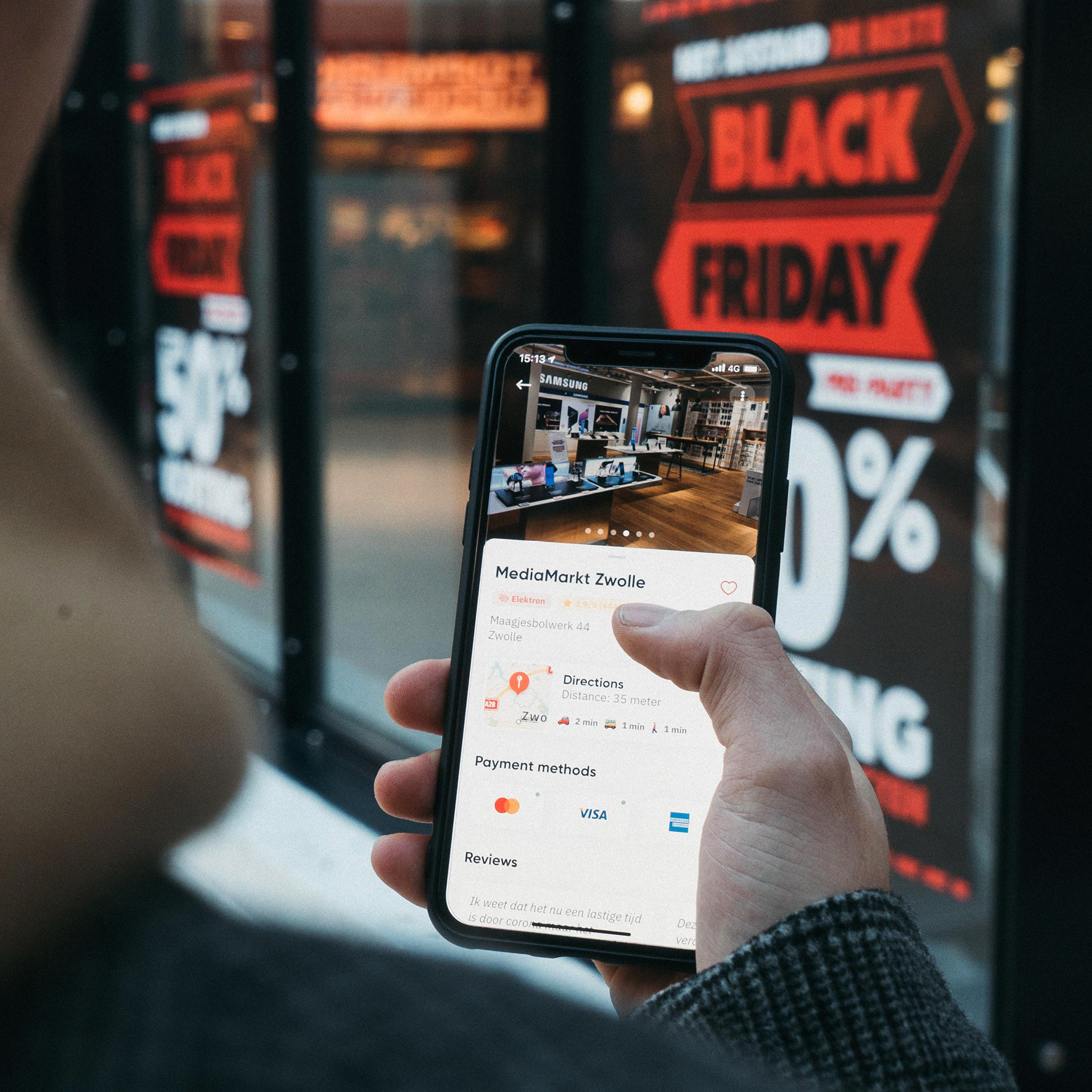Should you evaluate the performance and efficacy of a physical retail store the same way you evaluate an ecommerce store or a mobile game? The short answer is not exactly – but the gaps are not that big. By applying methodologies and disciplines from one platform to the other, we can better understand what makes our users and visitors return to our store, app, or platform, and gain a deeper understanding of successful customer engagement.
Measuring What Matters
KPIs such as ARPU/ARPPU, Retention Rates, Stickiness, and LTV are widely used in ecommerce and gaming to evaluate a product’s potential and performance. These industries have also paved the way for advanced analysis techniques and experimentation strategies that help analyze consumer behavior and optimize products at scale.
These KPIs can vary depending on the target audience or the value proposition, and can be as straightforward as evaluating CR (Conversion Rates) or FTD (First Time Deposit). However, I want to talk about a better metric to evaluate retail performance: Average Revenue Per Users (ARPU).
The SPSF formula does not factor in online sales – even though omnichannel shopping is now the norm, and many people now visit physical stores to look at or test a product that they plan on purchasing online. This means that retailers that rely on the SPSF KPI to evaluate their brick-and-mortar performance miss a key piece of the puzzle by failing to measure the value that the store drives for the retailer’s other channels.
ARPU vs. SPSF
Sales per-square-foot (SPSF) is a traditional performance measure that represents the average revenue earned for every square foot of sales space. It can be calculated and evaluated over time or as a single data point for a given period. This KPI has typically been the measure of success in the brick-and-mortar retailing industry and is widely used to evaluate the efficiency of the store’s physical space.
ARPU, on the other hand, stands for average revenue per user, or in some cases, average revenue per unit. Much like SPSF, ARPU can be calculated and evaluated over time or as a single data point for a given period. Understanding this metric allows businesses to deepen their analysis of growth potential per customer and helps them model revenue generation capacity.
Both ARPU and SPSF are straightforward to calculate.
- ARPU calculation formula: Total sales revenue from all channels divided by total number of users in a given period.
- SPSF calculation formula: Total sales divided by area (square-feet)
The SPSF formula does not factor in online sales – even though omnichannel shopping is now the norm, and many people now visit physical stores to look at or test a product that they plan on purchasing online. This means that retailers that rely on the SPSF KPI to evaluate their brick-and-mortar performance miss a key piece of the puzzle by failing to measure the value that the store drives for the retailer’s other channels.
Unlike SPSF, ARPU does not focus on revenue generated within the store’s physical space; all it cares about are sales and visitors. This means that the ARPU calculation can take into account both physical and digital sales and physical and digital visitors. So, if we consider a “visitor” as someone that visited the brand’s physical store or digital store, we can create a metric that measures efficiency more accurately.
Bridging Theory to Practice
The table reflects the difference between the two KPIs. Looking at SPSF, we see that Department Store A is underperforming by -2.8%; however, when considering ARPU, Department Store A is overperforming by 44.3%. What does this mean? And what can retailers do to improve ARPU?
A starting point is to begin thinking about digital and physical assets as complementary or, better yet, part of a single user journey. Building connections between the physical and digital spaces will increase the touch points with your customers and the likelihood of them returning and not dropping from the conversion funnel.
Many brands are already taking steps in that direction by building dedicated mobile apps for managing their loyalty programs, placing QR codes on their physical stores to allow users to quickly navigate to relevant product pages on their website, and offering BOPIS (buy online pick up in store) as an option.
Final Words
Putting the title of this article aside for a moment, I don’t think we should really stop measuring SPSF, but we should simply be open the possibilities for other KPIs that may provide a new perspective for your analysis. Even though ARPU can help us better understand the efficiency of a brand, it is still biased as it may count multiple instances of visitors that visited both locations and needs to be appropriately “cleaned” or weighted to provide a more accurate result.
The world of retail is evolving, and so are the technologies used to measure it. Embracing new methodologies and disciplines to help you better understand consumer behavior may be a key differentiator in your product strategy and brand positioning.
Note: Placer.ai is a Robin Report Innovator.



